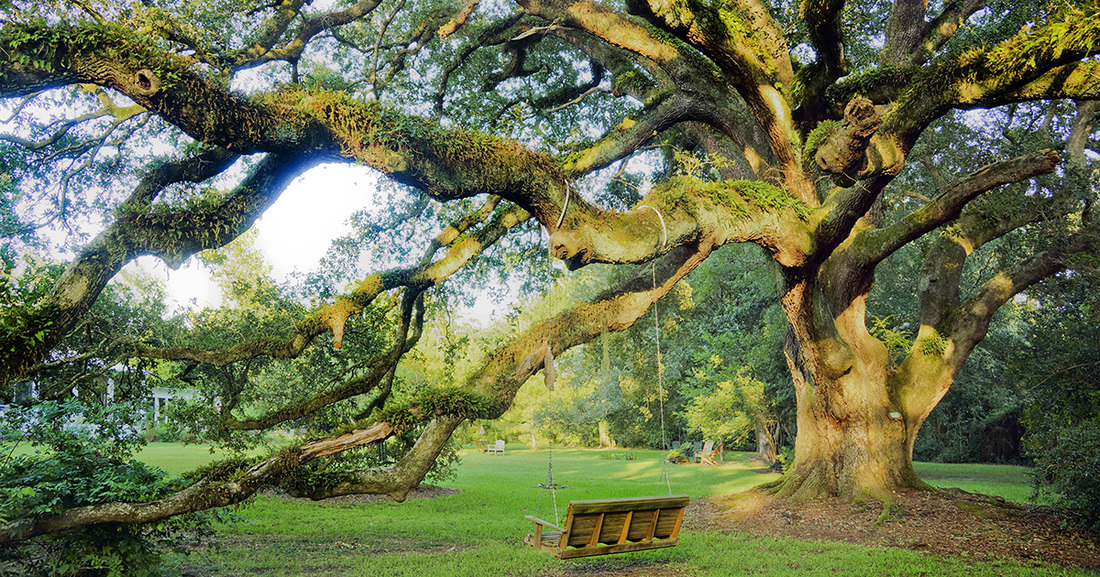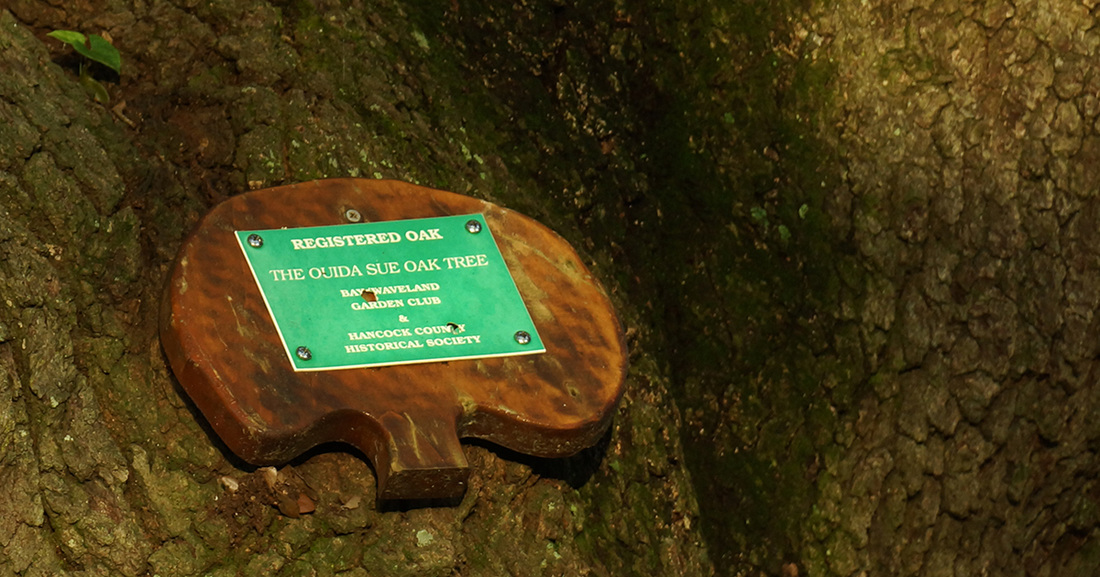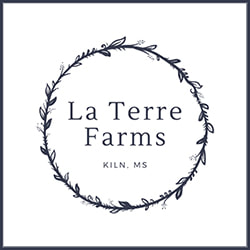The Company of Trees
It turns out the trees are social beings that have feelings and can communicate. Some folks aren't surprised.
- story and photos by Ellis Anderson
Right after I met Ouida Sue, I read a New York Times article that profiled Peter Wohlleben, the author of a new internationally best-selling book, The Hidden Life of Trees: What They Feel, How They Communicate — Discoveries From a Secret World.
The article's title - “German Forest Ranger Finds That Trees Have Social Networks Too” had me visualizing a gnarly tree trunk with a face. Its branch arms ended with twiggy hands holding a smart phone. The Facebook Messenger app was open. But the cartoon character the title conjured up has nothing on the scientific reality. According to the article, the author maintains that trees “can count, learn and remember, nurse sick neighbors, warn each other of danger by sending electrical signals across a fungal network known as the ‘Wood Wide Webb..."
The next part of the article floored me: "and for reasons unknown, [trees] keep the ancient stumps of long-felled companions alive for centuries by feeding them a sugar solution through their roots.”
Apparently they act intentionally - although imperceptibly to human eyes, so we think of trees as non-sentient logs with leaves. But they have individual behavior and an actual society.
The author J.R.R. Tolkien intuited that decades ago. In his Lord of the Rings trilogy, he introduced creatures called Ents. They were walking-talking trees of great charm and character, although they spoke and acted verrrry slowwwwwly. Tolkien was able to characterize trees so well because he’d bonded with them in his youth. According to Humphrey Carpenter’s J.R.R. Tolkien: A Biography: “And though he liked drawing trees he liked most of all to be with trees. He would climb them, lean against them, even talk to them. It saddened him to discover that not everyone shared his feelings towards them. "One incident in particular remained in his memory: ‘There was a willow hanging from over the mill-pool and I learned to climb it. It belonged to a butcher on the Stratford Road, I think. One day they cut it down. They didn’t do anything with it: the log just lay there. I never forgot that.'” I can't bear to see a tree cut down either. They are personalities to me. I grew up in the Charlotte suburbs, with a thick strip of woods behind our house. In those long ago days when it was deemed perfectly safe to let a girl roam the forest with her dog, I made friends with several maples, sycamores, oaks and gum trees. The easiest to climb were the gums. I'd clamber up to the highest limb that would hold my weight and throw my arms around the slender tree top. The two of us would dance slowly, intimately, swaying with the lightest of breezes, the leaves whispering in a language I didn't understand. But the peace I felt was indescribable. I never wanted to come down. Later, I learned that even a captive tree in a pot could become a beloved companion. In my senior year, I took horticulture classes and as a class project, "adopted" a forlorn Schefflera in the school library. What few leaves the potted tree possessed were encrusted with dust. The parched dirt in its plastic pot was ashen with age. I re-potted it in the little school greenhouse, washing each leaf gently and individually. I moved it to a more favorable location in the library and kept it watered. I read my assignments at a table nearby, encouraging it, lavishing it with affection, and even confiding in it – at least when no one was watching. The tree flourished. By the time I graduated, it had grown another foot and was taller than I was. I charged my favorite librarian with its care at the end of the school year, but still cried when I told the Scheff goodbye. Forty years later, I try to talk less and listen more when I’m around trees. I’m fortunate enough to be the caretaker of dozens in our Bay St. Louis yard, including three live oaks. Judging by their circumference, each is around 150 years old. I don't climb trees much now, but I often trade greetings with the oaks in my yard. I may not understand exactly what they say, but they get their point across all the same. Every living thing is connected, sister. Rest here a while and feel the magic.
Click here to read more about the live oaks of Bay St. Louis and what we can do to protect them.
Click here to read how many of our live oaks are threatened by Formosan Termites and what can be done to prevent their destruction. Comments are closed.
|
Categories
All
Archives
April 2024
|
Shoofly Magazine Partners
Our Shoofly Partners are local businesses and organizations who share our mission to enrich community life in Bay St. Louis, Waveland, Diamondhead and Pass Christian. These are limited in number to maximize visibility. Email us now to become a Shoofly Partner!




























 RSS Feed
RSS Feed























